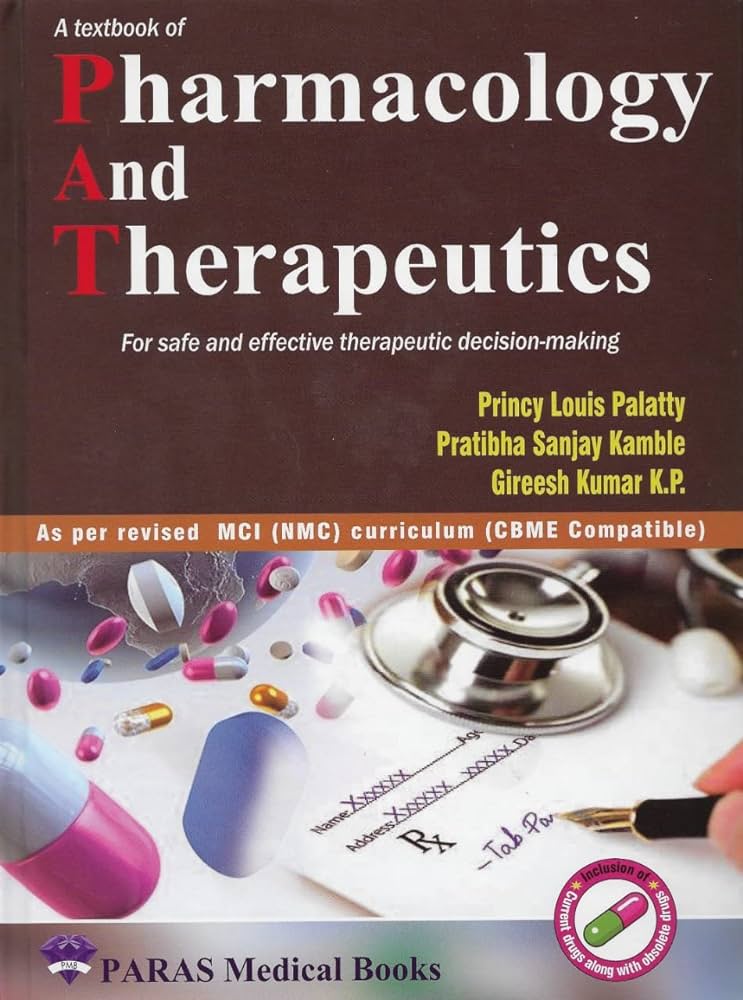Air pollution and diseases: signaling, G protein-coupled and Toll like receptors
IF 12.5
1区 医学
Q1 PHARMACOLOGY & PHARMACY
引用次数: 0
Abstract
Air pollution is a significant public health issue that impacts lung health, particularly in vulnerable populations such as children, the elderly, and individuals with pre-existing respiratory conditions. Both natural and anthropogenic sources of air pollution give rise to a variety of toxic compounds, including particulate matter (PM), ozone (O₃), sulfur dioxide (SO₂), nitrogen dioxide (NO₂), carbon monoxide (CO), and polycyclic aromatic hydrocarbons (PAHs). Exposure to these pollutants is strongly associated with the development and exacerbation of respiratory diseases, including asthma, chronic obstructive pulmonary disease (COPD), lung cancer, and idiopathic pulmonary fibrosis (IPF). Notably, early life exposure to pollutants such as PM, NO₂, and O₃ is linked to an increased risk of childhood asthma. Air pollution can mediate adverse effects through effects on receptor signaling pathways, particularly those involving G-protein coupled receptors (GPCRs) and Toll-like receptors (TLRs). Both of these receptor families play key roles in regulating pulmonary function and immune responses. GPCRs are involved in mediating cellular responses via cyclic AMP (cAMP), calcium and other second messengers, while TLRs initiate immune responses. Understanding how air pollutants and cigarette smoke alter GPCR and TLR function to contribute to lung disease is a critical area of study, as these receptors play central roles in regulating inflammation, immune responses, oxidative stress, airway remodeling and airway tone. Disruption of their signaling by pollutants can exacerbate respiratory conditions such as asthma and COPD. This review explores what is known about how air pollution impacts GPCR and TLR signaling, offers insights into the mechanisms underlying respiratory disease development and highlights potential therapeutic strategies aimed at mitigating the impact of air pollution on lung health.
空气污染与疾病:信号、G蛋白偶联和Toll样受体。
空气污染是一个影响肺部健康的重大公共卫生问题,特别是在儿童、老年人和已有呼吸系统疾病的个人等脆弱人群中。自然和人为的空气污染源都会产生各种有毒化合物,包括颗粒物(PM)、臭氧(O₃)、二氧化硫(SO₂)、二氧化氮(NO₂)、一氧化碳(CO)和多环芳烃(PAHs)。暴露于这些污染物与呼吸系统疾病的发生和恶化密切相关,包括哮喘、慢性阻塞性肺疾病(COPD)、肺癌和特发性肺纤维化(IPF)。值得注意的是,幼年接触PM、NO₂、O₃等污染物与儿童哮喘的风险增加有关。空气污染可通过影响受体信号通路,特别是涉及g蛋白偶联受体(gpcr)和toll样受体(TLRs)的受体信号通路,介导不利影响。这两个受体家族在调节肺功能和免疫反应中发挥关键作用。gpcr通过环AMP (cAMP)、钙和其他第二信使参与介导细胞反应,而tlr则启动免疫反应。了解空气污染物和香烟烟雾如何改变GPCR和TLR功能从而导致肺部疾病是一个关键的研究领域,因为这些受体在调节炎症、免疫反应、氧化应激、气道重塑和气道张力方面发挥着核心作用。污染物对其信号的破坏会加剧哮喘和慢性阻塞性肺病等呼吸系统疾病。这篇综述探讨了空气污染如何影响GPCR和TLR信号传导的已知情况,为呼吸系统疾病发展的机制提供了见解,并强调了旨在减轻空气污染对肺部健康影响的潜在治疗策略。
本文章由计算机程序翻译,如有差异,请以英文原文为准。
求助全文
约1分钟内获得全文
求助全文
来源期刊
CiteScore
23.00
自引率
0.70%
发文量
222
审稿时长
90 days
期刊介绍:
Pharmacology & Therapeutics, in its 20th year, delivers lucid, critical, and authoritative reviews on current pharmacological topics.Articles, commissioned by the editor, follow specific author instructions.This journal maintains its scientific excellence and ranks among the top 10 most cited journals in pharmacology.

 求助内容:
求助内容: 应助结果提醒方式:
应助结果提醒方式:


